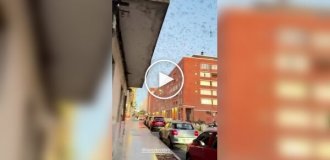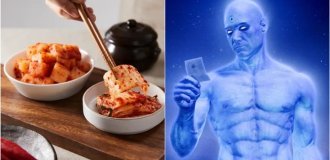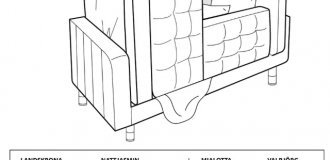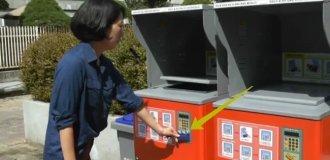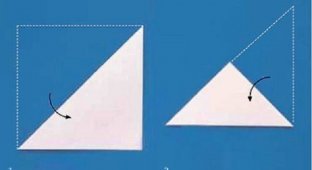11 household items that have hidden functions (12 photos)
We get so used to the things we use in everyday life that we don’t even think about how they appeared and why they look the way they do. For example, why were margins added to notebooks, why was bubble wrap actually invented, and what does the blue side of an eraser do? Read on if you want to lift the veil of secrecy! 
1. Triangle on the collar of the sweatshirt 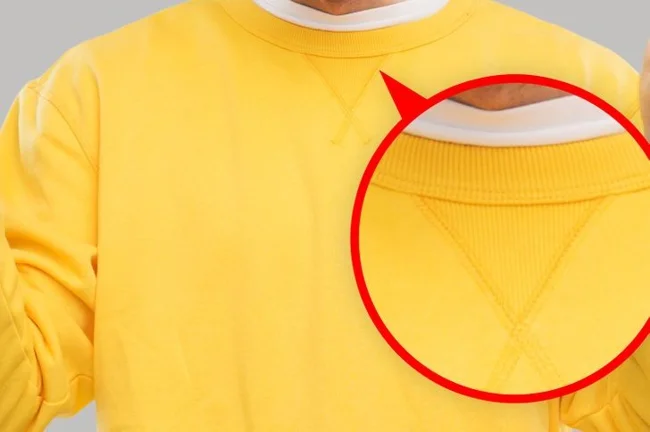
Initially, this triangle had two purposes: firstly, with it, the sweatshirt retained its shape for many years. Also, thanks to it, you could easily widen the collar if the owner's head did not fit through. Secondly, this triangle absorbed sweat that accumulates in this area when a person works out. Now most companies have stopped using this design element, and those that have not yet abandoned it, add it mainly for decorative purposes.
2. Small nicks on the bottom of the cups 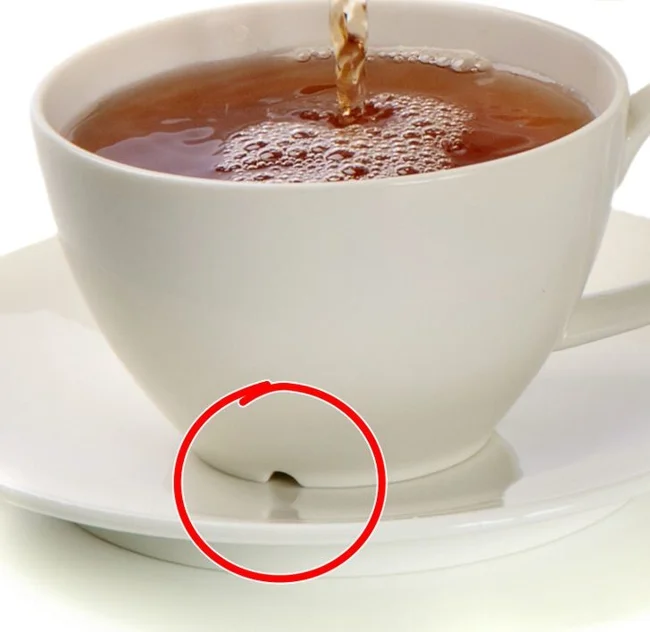
These grooves look like chips, but they actually serve a useful function. According to the IKEA website, they are needed to make it easier for water to drain after washing. When you put a washed cup upside down, water always accumulates on the bottom. And with these nicks on the sides, the water can easily leak out.
3. Empty space in the instant noodle cup 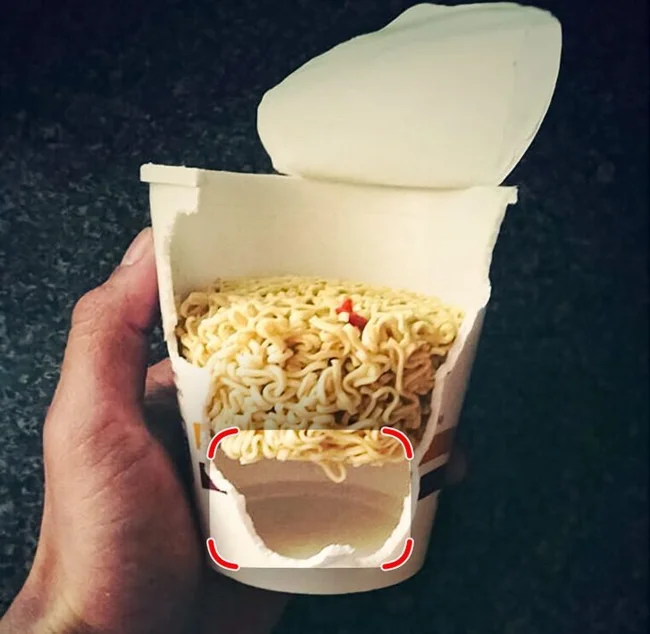
Contrary to popular belief, manufacturers are not trying to deceive you this way. This is to prevent dry noodles from crumbling during transportation. No matter how hard the cup falls, the noodles inside remain intact. And thanks to this, hot water will circulate better.
4. Leather Jacket Shoulder Straps 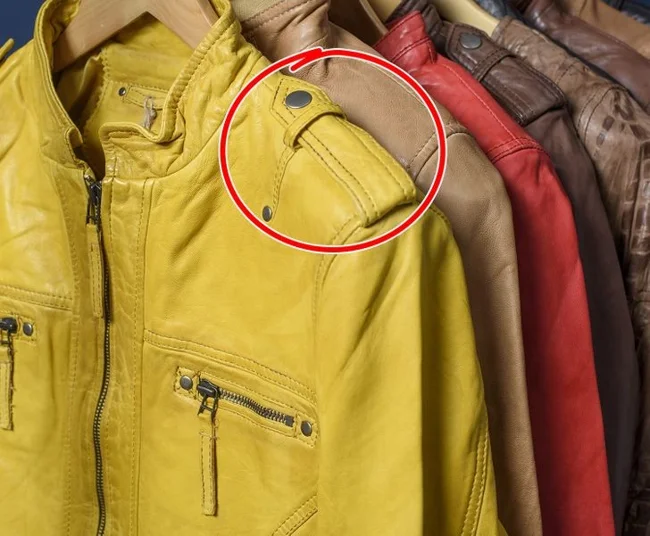
These straps aren't just for decoration: they're designed to keep your bag on your shoulder. That way, it won't fall off and it'll be harder to snatch if someone decides to rob you. They also keep the bag's strap in place so you don't have to constantly adjust it. People used to use these straps all the time, but over the years, we've forgotten their true purpose.
5. Two pockets on the right side of the jacket 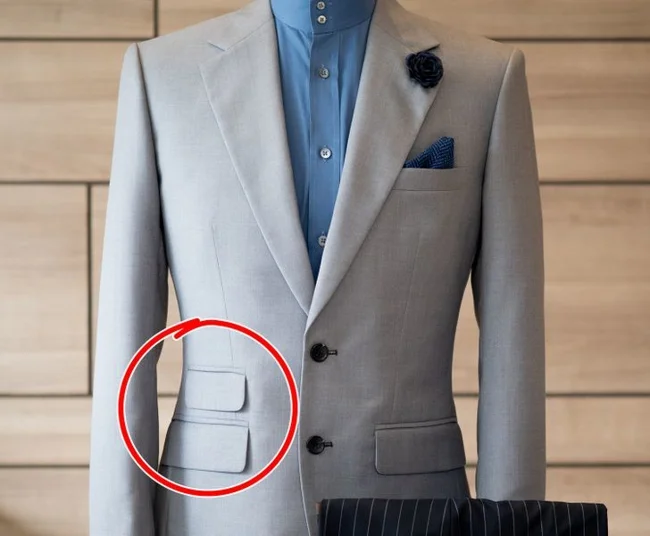
The history of this mysterious pocket began in England, when riders needed a place to keep change to pay for travel. Later, men kept train tickets in this pocket when they went to work, so as not to unbutton their jacket every time. Nowadays, this design element is used only for decorative purposes.
6. Notebook Margins 
In the past, writers used every millimeter of paper. However, they soon noticed that the edges of notebooks were constantly being gnawed by rats, forever destroying valuable notes. So the idea came up to add margins that would allow the main part of the text to be preserved, even if the rats decided to have a little snack. Nowadays, of course, this is no longer relevant, and only teachers use notebook margins.
7. Microwave Door Screen 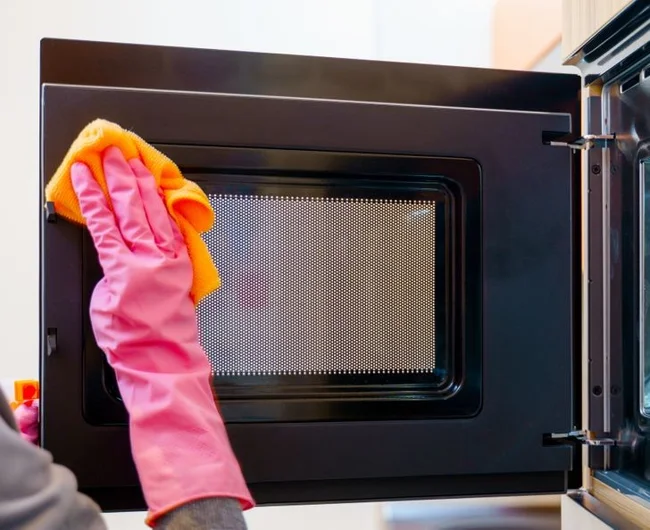
Microwaves heat food so quickly because they use microwave radiation. The screen on the door prevents harmful radiation from leaking through the glass and leaving the microwave, shielding it. At the same time, it does not block the glass completely and allows you to see what is happening inside.
8. Bubble Wrap 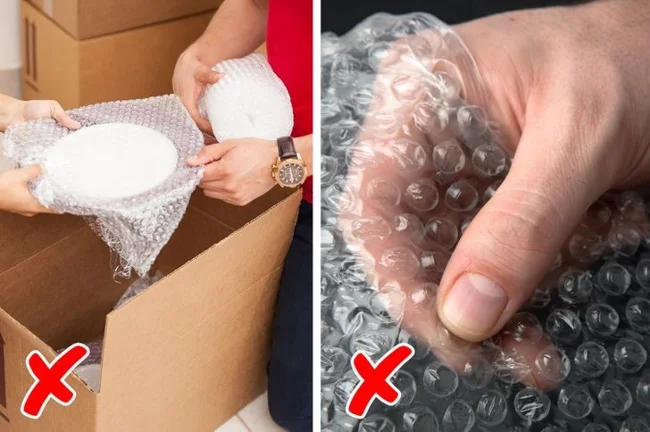
This film was developed in 1957 by two engineers who wanted to create a unique textured wallpaper. This idea was not successful, so they tried to find a new use for their product and began to offer it for greenhouse insulation. When this idea failed, they decided to use their invention as a packaging material. Although the inventors earned only $5 million since 1971 with no net profit, in 2000 they earned $3 billion on the film.
9. Pincushions 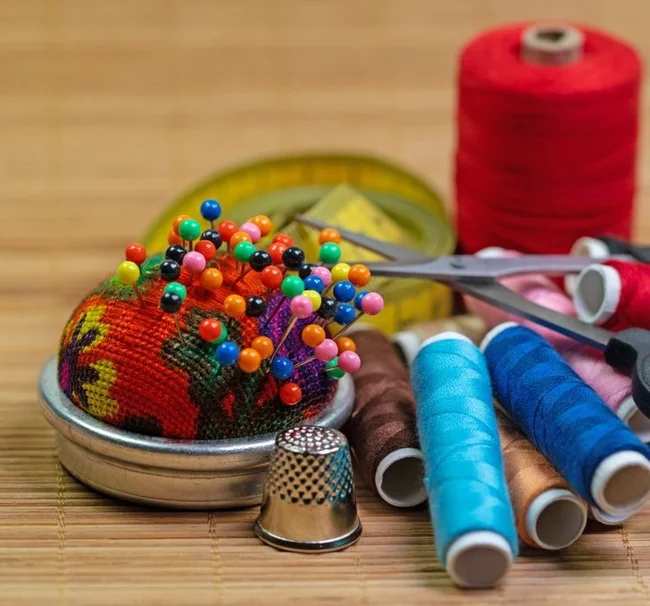
A pin cushion is not just for storing needles and pins. The best material for such a cushion is steel wool, which, by the way, is very cheap. It will not only hold all the needles and pins in one place, but will also constantly sharpen them. It is also very resistant to rust and will protect sewing accessories from it.
10. Play-Doh Plasticine 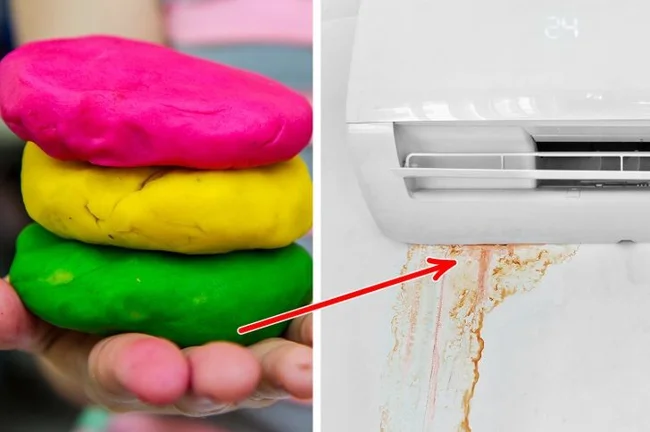
In the 1920s, people were looking for a way to get rid of the soot that coal stoves left on wallpaper. This plasticine was invented for this very purpose. It was sold in only one color, dirty white, and people would roll it over the wallpaper where soot accumulated. It wasn't until 1949, when more effective wallpaper cleaners were developed, that Play-Doh was advertised as a toy for children.
11. Red and Blue Eraser 
We all thought that the blue end of the eraser erases ink, and we've all since become disillusioned with it. In fact, it's designed for thick paper, while the red end is for thin paper. The red half also has a pointed tip, which is needed to erase small blots between words where you can’t really do much.

